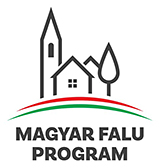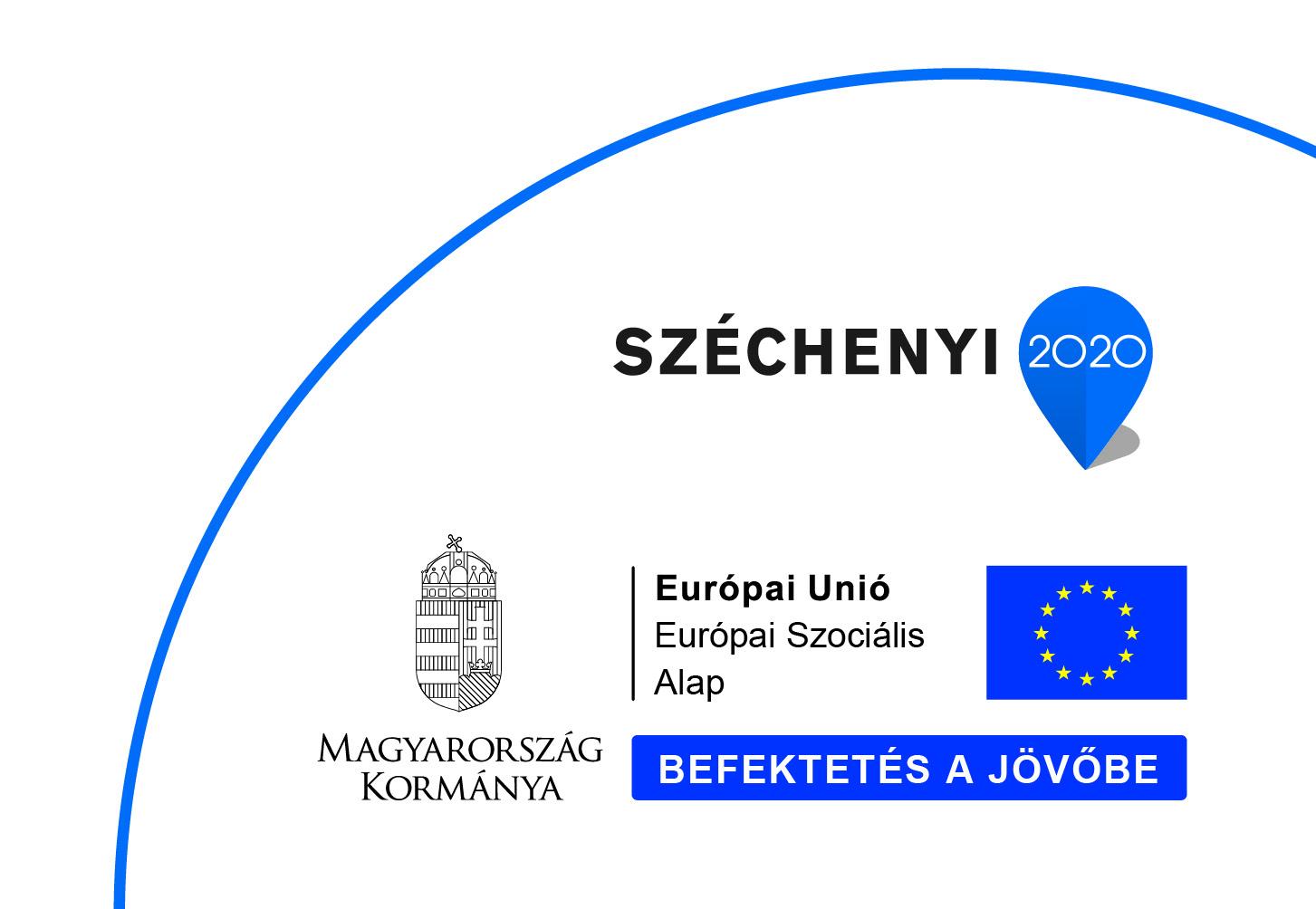About the ParishHarkakötöny
Post code: 6136 Telephone regional dialling code: 77 Central area: 50 ha Peripheral area: 5,155 ha Population: 936 (Jan. 2006)
HARKAKÖTÖNY PARISH COUNCIL 6136 Harkakötöny, Kossuth u. 1., Hungary Council officials: Endre Győri, Mayor Dr. Bálint Tallós, Deputy Clerk
About the Parish
We can find Harkakötöny 11 km from Kiskunhalas, one and a half km off road number 5402, which runs between Kiskunhalas and Kiskunmajsa. It is a stop on the Kiskunhalas to Kiskunfélegyháza railway line. Harkakötöny is an old village. An Avar-period cemetery and the signs of settlement around the area known as Pajorkereszt with the so-called Dike of Csörsz, a one time fortification, testify to this. The presence of Cumanians is indicated in the parish’s present day name. After the destructive invasion of the Turks in the 16th century the area became uninhabited. Following the so-called Redemption (the freeing of serfs) of 1745, farms were established on the plains of Harka and Kötöny. The land of the region is sandy. Crude oil and natural gas are produced within the parish boundaries. The agricultural activity of the community is traditionally the growing of corn and rye and the keeping of sheep. Forestry is also important. A collective farm was established in place of the former numerous smallholdings, but this has now been privatized. By the Harka-tó lake the fishery is also in private hands. A dozen business concerns operate within the parish and there are more than 60 private entrepreneurs. 70% of businesses are in the service sector or are small retailers; there are approximately ten businesses with interests in the food industry, either on the industrial or the agricultural side. There are 386 houses in the parish, 70% of which are served with a mains water supply. The provision of piped gas was completed in 2000. The roads of the village centre are all asphalted. A developmental task receiving special emphasis is the construction of a sewerage system. A long-term solution to the storage of solid waste is also important. This would be possible with the cooperation of a number of local councils. The village has a primary school, a kindergarten, and an old people’s home as well as the services of a nurse, a doctor and a dentist. Cultural and social needs are served by the village church, cultural centre and library. The village also has a playing field and a sports hall where the Mass Sports Society and the Kötöny Sport Club organize programmes for those seeking exercise and relaxation.
North of the village is the Harka-tó lake. It is not as big as it once was, and now steps are being taken to make the lake and its surroundings a protected area. The surface of the lake is 130 hectares; the area of natural value covers 515 hectares. Eight species of rare plant are known to live there: the early spider orchid; the cloth-of-gold crocus; the green-winged orchid; the military orchis; the marsh orchis; the bug orchis, the seashore iris; and the milkvetch Astragalus dasyanthus. The birdlife of the lake is also very precious. 71 different kinds of nesting, migratory and stray bird have so far been sighted. They include the ruddy turnstone; the golden plover; the mute swan; the dunlin; the great white egret; the spoonbill; the great cormorant; the curlew; the godwit; the avocet; the black-winged stilt; the heron; various species of teal; and the moustached warbler. The lake is especially important during the spring and autumn migrations when the birds rest and feed before starting their long journeys.
40,000 kg of carp is fished from the lake each year. The parish council intends to create a fishing lake from the water lying next to the nearby farm, while the owners wish to preserve their hunting rights in accordance with the law. Among the plans is the creation of raised bird-watching hides. Several local farmhouses are now owned by foreigners, and renewed accommodation awaits naturalists and tourists alike. The planting of forests and the cultivation of reeds are both still carried on to this day.
The annual celebration of the village, the “Kötöny Days”, is held over the last two weekends of September. On these days both locals and visitors can enjoy performances and exhibitions, a festival and a fair, and special events connected with riding and with the grape harvest, as well as being able to taste the famous “Kötöny meat stew”. Harkakötöny has partnerships with the town of Walim in Poland, and with Moacşa in Translyvanian Romania. Talks are presently being held concerning the formation of a partnership with the town of Nigrita in Greece. |





